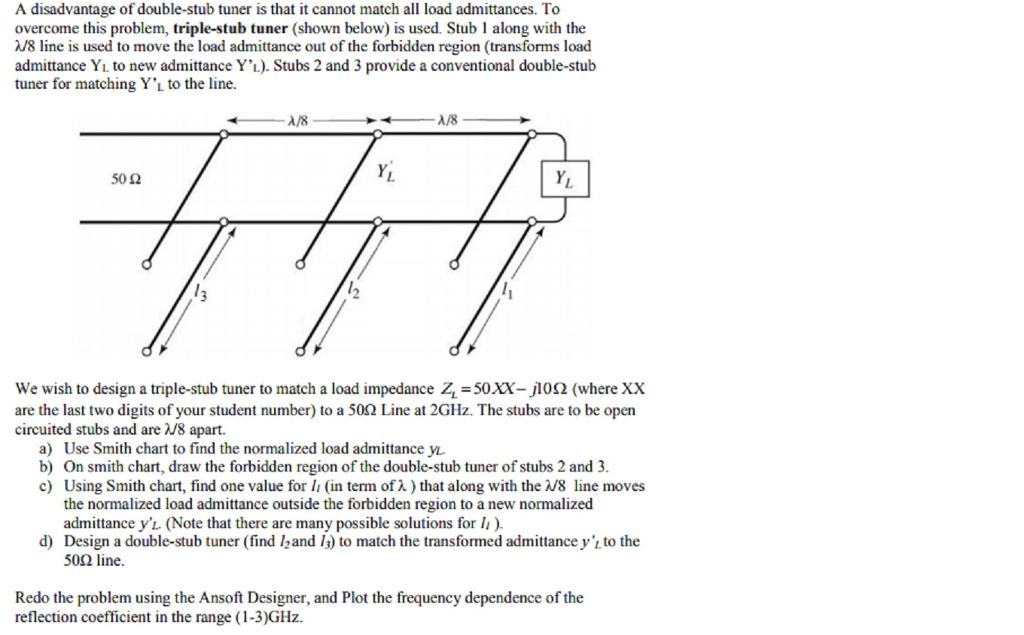

Now let’s pump in some energy by raising the velocity of the spacecraft and seeing what new regions our spacecraft can go to.Now let’s take an example to see how there exits a forbidden region for a given type of network. Gotta go FastĮarlier int this post we had an example that demonstrated how good the ZVC was at bounding the spacecrafts trajectory. Because the Jacobi constant is a 3-dimensioanl quantity, there will always exist some zero velocity surface in the X-Z axis. It turns out that we can make the ZVC disappear completely. Can we make the forbidden region disappear completely? We now have these teardrop shaped forbidden regions around L4 and L5. In future post’s we’ll use this to design some pretty un-intuitive orbits. Notice, that we haven’t gotten rid of the forbidden region in it’s entirety. Our spacecraft now has enough energy to leave the earth moon system. We’ve now opened up our second gateway at L2. 元Ĭontinuing on with decreasing the Jacobi constant We’ll need to decrease the Jacobi constant just a bit more. This means that we cannot leave or enter the earth moon system just yet. I paused the simulation now when the Jacobi value of the ZVC is equal to the Jacobi value of L2.

At L2, the bulge has now become more pronounced, but has not yet opened. Before, the forbidden region had locked us into trajectories around earth, but now our spacecraft now has enough energy to be able to travel to the moon. Let’s now watch as we decrease the Jacobi constant some moreīy decreasing the Jacobi value (increasing the energy) we’ve opened up an earth moon gateway. Around L2 we see a small divot beginning to form on the outside. The second thing we should note is at the Lagrange point on the other side of the moon. It doesn’t have enough energy to cross any of these forbidden regions. Any particle with a Jacobi value larger than this will be stuck in either one of the two cavities or outside the system. I paused the simulation when the ZVC had the same Jacobi constant as the L1 Lagrange point. With L1, the one I circled, both cavities seem to be approaching it. The two parts that I’ve marked were two of the collinear Lagrange points (link). As we decreased the Jacobi constant, both cavities started growing, but I’ve marked off two really important parts of the diagram. Let’s start decreasing the Jacobi constant (increasing the energy) and see how hour ZVC evolves Through this connection we know that as we increase the energy of the system the Jacobi value goes down. Increasing the velocity, increases the energy, but it decreases the Jacobi value. We know the Jacobi value is an energy like quantity. We now see that the ZVC acts, as we before discovered, a forbidden region bounding where our spacecraft can, and can’t go. Now let’s see how well that bounds our trajectory Note I’ve also plotted a zoomed in area of around the moon and two of the Lagrange points that we are going to be inspecting later in this post. Plotting the ZVC for this Jacobi value gives us Let’s calculate it’s Jacobi value in the Earth Moon system (μ = 0.0122 ). I’ve picked an initial state for our spacecraft For the rest of this post I’ll be abbreviating zero velocity curve as ZVC. The hyper curve, is sometimes also called the zero velocity curve, or zero velocity surface because any object with the same Jacobi constant that’s on the curve will have zero velocity. These X,Y, and Z will form a closed hyper curve that the spacecraft cannot enter, this is the forbidden region. We now have one equation, and three unknowns, X, Y, and Z. Let’s call the Jacobi constant at this point the zero velocity constant (ZVC)Īny object will have the same Jacobi constant until there is a non-gravitational force acting on it or more energy is added to the system, so we know these two Jacobi values are the same At this “farthest” point, much like with potential and kinetic energy, we should have traded all our velocity for position and now we’ll have zero velocity. Let’s say we have Jacobi constant at t=0Īnd we want to see the “farthest” out that the spacecraft can go. If we have the spacecrafts position, and velocity, we know it’s Jacobi constant. The Jacobi constant, is an energy like integral that relates position to velocity. If you want to get ahead on your own these are some good books on the material and astrodynamics in general ( Book 1, Book 2, Book 3, Book 4).
#SMITH CHART FORBIDDEN REGION SERIES#
Note: this is an ongoing series on the CR3BP. You’ve seen them in my visualizations before, but now we’ll finally go over what they are. Now, we are ready to combine the two into one of the most useful concepts in the Circular restricted 3-Body Problem (CR3BP), forbidden regions. So far we have explored the Jacobi Integral and the Lagrange points.


 0 kommentar(er)
0 kommentar(er)
